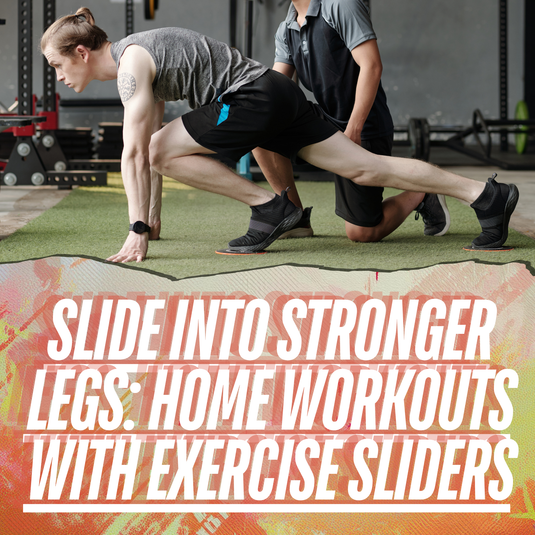How to Prepare for Your Freight Delivery

How to Prepare for Your Freight Delivery
Estimated read time: 6 minutes
- ✅ Know exactly what to do before the truck arrives.
- ✅ Measure doorways, stairs, and paths to avoid hangups.
- ✅ Line up the right people, tools, and protective materials.
- ✅ Prevent surprise fees by planning parking and access.
- ✅ Use a simple day-of checklist for a smooth delivery.
Summary
Getting ready for a freight delivery is simple with a plan. Measure access points, clear a safe path, arrange enough help, protect your floors, and make space for the truck to park. These steps reduce delays, prevent damage, and make unloading heavy fitness equipment like rubber flooring, racks, and dumbbell sets faster and safer.
Table of Contents
- Your Preparation Timeline
- Measure Access and Clear Paths
- People, Tools, and Floor Protection
- Parking, Access, and Special Situations
- Day-Of Delivery Checklist
- Related Reading
- FAQs
Your Preparation Timeline
- When you receive tracking — Confirm the delivery address, phone number, and whether you need a lift gate or white glove service.
- Two to three days before — Measure doors and stairways, plan the route inside, and identify any tight turns.
- One day before — Clear driveways and indoor paths, lay down floor protection, and confirm helpers’ availability.
- Delivery day — Keep your phone on, be ready during the window, and have tools and camera handy for inspection.
Measure Access and Clear Paths
Large items arrive palletized or in oversized boxes. Verifying clearances prevents stalled deliveries and damage.
- Measure width and height of doorways, hallways, stairwells, and turns. Compare to pallet or box dimensions in your order confirmation.
- Plan the route from curbside to the final room. Remove obstacles like rugs, low tables, or wall decor.
- Consider disassembly if needed. Some items can be safely unboxed at the curb to make pieces lighter and easier to carry.
People, Tools, and Floor Protection
Have the right help and gear ready so unloading is efficient and safe.
- Helpers — At least two able adults for heavy fitness equipment, more for stairs or long carries.
- Gloves and shoes — Work gloves and closed-toe shoes with good traction.
- Basic tools — Utility knife for straps and shrink wrap, scissors, moving straps, a hand truck or dolly if available.
- Floor protection — Ram board or cardboard sheets on pathways, towels or pads for thresholds, and corner guards for tight turns.
Parking, Access, and Special Situations
- Driveway clearance — Move cars and ensure enough space for a box truck to park and lower a lift gate.
- Narrow streets or gates — Tell the carrier during scheduling so they can plan equipment or meet at an accessible spot.
- Stairs and basements — Add helpers and plan rest stops. Lay protection on steps to prevent scuffs.
- Weather — Keep tarps or plastic on hand. Moisture protection matters for packaging and floors.
Day-Of Delivery Checklist
- Phone charged and available for the carrier’s call or texts.
- Driveway clear, pets secured, and pathway free of obstacles.
- Helpers on site, gloves and tools ready.
- Floor protection in place from curb to final room.
- Camera ready for pictures during inspection before signing.
Related Reading
- Freight Shipping 101: What It Is and Why It’s Used for Fitness Equipment
- Residential Freight Deliveries: What to Expect
- Lift Gate Service: When You Need It
- How to Inspect and Sign for Your Freight Shipment
FAQs
+ Do I need to unbox my shipment at the curb?
Not always. If the path is tight or the item is very heavy, opening at curbside can make pieces easier to carry. Keep packaging until you confirm everything is undamaged.
+ How many people should I have to help?
For heavy fitness equipment or rubber flooring pallets, plan on two to four people depending on stairs and distance. More help makes it safer and faster.
+ Will the driver move my equipment inside?
Standard freight is curbside only. Inside placement requires white glove or inside delivery arranged in advance.
+ What if it is raining when the truck arrives?
Use tarps or plastic to keep boxes dry while moving. Inspect packaging and note any water damage on the Bill of Lading before signing.
+ Can I change the delivery location on the day of delivery?
Address changes usually require rescheduling and may incur carrier fees. Contact the carrier as soon as possible if plans change.










